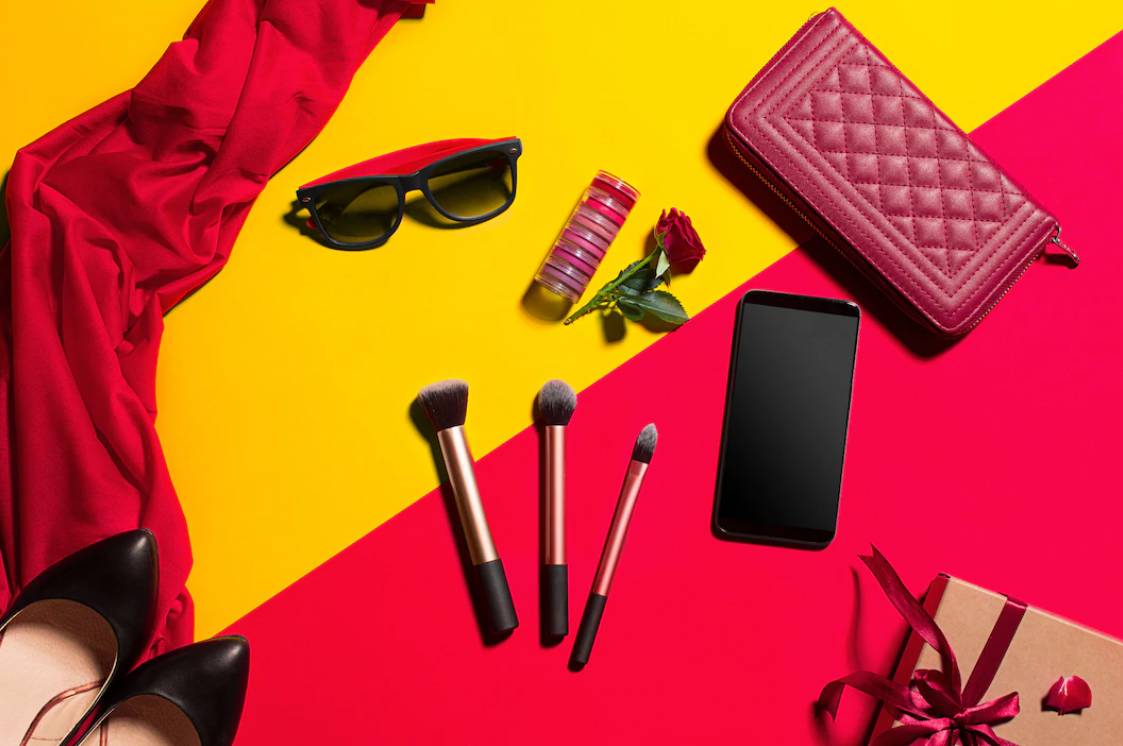What is a Lifestyle Brand?
When a business/company markets a particular lifestyle to sell its products/services, then they’re considered to be a lifestyle brand. There’s a strong connection between their products/services and a certain lifestyle image. Companies that market themselves as a lifestyle brand create better customer/client loyalty and boost their sales. Here are five steps that you can take to create and market your business as a lifestyle brand.
#1: Build Your Brand
Before you can promote your business as a lifestyle brand, you need to actually build your brand. Building a general brand is slightly different from building a lifestyle brand, but you’re going to need a foundation for your brand first— and you do this by creating a brand story.
Start by remembering why you started your company and what you hope to accomplish. Use your mission statement, motto, and/or core values to help you tell your brand story. Not only will this help you when marketing yourself as a lifestyle brand, but it will also aid in marketing in general.
#2: Offer Something Valuable
This goes along with why you started your company and what you hope to accomplish— this is the valuable thing that you’re offering to your consumers. The product or service you’ve created provides value to your consumers in some way, so you must highlight that value when marketing as a lifestyle brand.
However, it’s important to make sure that your product or service does provide value for your consumers, and it’s not just the latest trend. If you find that you’re only following the latest trend, make sure that you’re also tapping into needs that aren’t being met by the latest trend.
#3: Define Your Market
Now that you have a better understanding of your business as a brand, you have to make sure that you understand your market. As a business owner, you should already have a pretty good understanding of your market because this is how you make a lot of your decisions. However, you now need to understand your market from a lifestyle perspective, so this is going to require some more research. This will include things like:
- Goals
- habits
- Hobbies
- Skills
Knowing this about your market will allow you to make better decisions when marketing yourself as a lifestyle brand, and it will also keep your market interested in your brand for the long term.
#4: Apply Your Brand Everywhere
Once you’ve gotten a better understanding of your market, you can begin to apply your brand everywhere— and this includes more than just your logo. Of course, your logo should be present on your products, website, and social media, but your brand is also how you interact with your current and potential consumers. Make sure that you are actively engaging with your followers on social media and build a relationship with them.
It’s also not a bad idea to place your logo on promotional items that you can sell or give away to your social media following. Place your logo on lifestyle items such as aluminum water bottles, T-shirts, coffee mugs, tote bags, etc. This way, your consumers have something that they can use while also promoting your brand.
#5: Build Your Following
All of the steps listed above will help you build a loyal following for your lifestyle brand— and this isn’t limited to a social media following. Your “following” is made up of everyone who consistently purchases from your company— whether they have a social media account or not. However, social media is going to be very helpful in building your following since it’s a great way to interact with your consumers.
For the consumers who may not have social media, you can also engage with them in other ways. For example, you can engage with the customers/clients who leave reviews on your website. You can also send thank you cards to your customers/clients when they do business with you to show your appreciation.
Lifestyle brands create greater customer loyalty because consumers tend to stick with brands that they identify with, or that they can easily fit into their current lifestyle. It’s going to take a lot of research to effectively market your brand (and turn it into) a lifestyle brand, but it’s worth it. Burt’s Bees, Harley Davidson, Nike, and Peloton are a few examples of lifestyle brands that have completely embedded themselves into their respective audiences to create loyalty.



